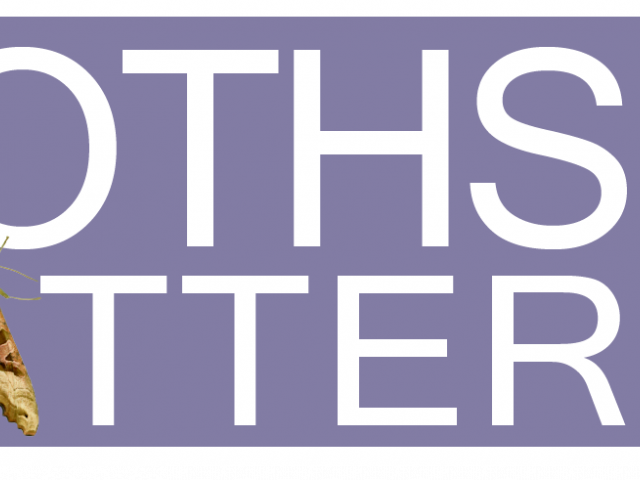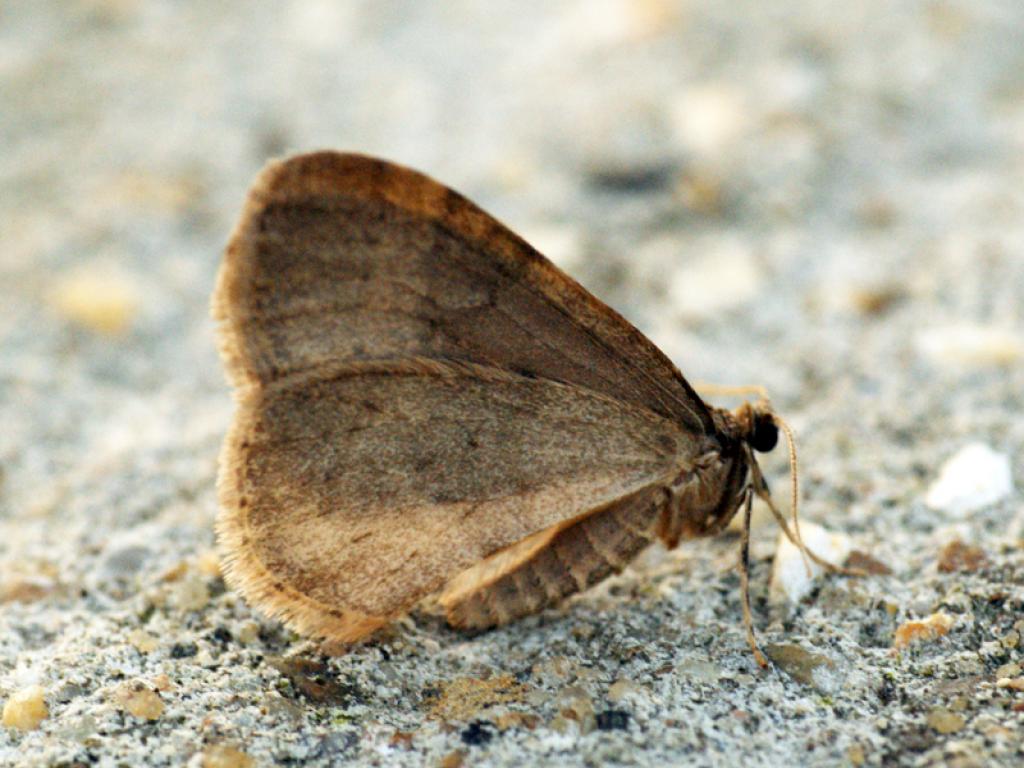
Moths have experienced worrying declines over the past 40 years with several species even becoming extinct in the UK. Sadly, the numbers of many species continue to decline, and it may start feel like there is nothing that can be done… but this is abundantly not true - not on our watch. Butterfly Conservation works across the disciplines of conservation, research science, recording, and education, all of which help prevent moth species from further declines, and even extinction.
Conservation
Our Conservation projects focus on some of our most threatened moth species. Some projects focus on a specific region, such as the Kent’s Magnificent Moth Project. This three-year project is helping some of the UK’s rarest moths whilst engaging people to bust the myths of moths being small, brown, night-flying pests. So far, fantastic work has been done to boost the distributions of these priority species, such as the Sussex Emerald.
Below is a list of other conservation projects showing all we have done to protect endangered species and our environment:
- Limestone Lepidoptera
- Specialist Moths in the Brecklands
- Species on the Edge
- Bog Squad
- Promoting Biodiversity through butterflies and moths
- Farmland Butterfly and Moth Initiative
- Action for threatened Species
- State of Moths report (2021)
Reserves
Butterfly Conservation has over 30 nature reserves that act as a safe haven for butterflies and moths. These are spread across the whole of the UK from Devon all the way up to Loch Arkaig in western Scotland. Many of these reserves are designated Open Countryside or have Public Rights of Way and many are also open to visitors at all times. Everyone is welcome to join events and work parties at these sites.
Science and Research
Butterfly Conservation undertakes scientific research in collaboration with universities and other organisations around the world. The results and data from this rigorous research enable our conservation to be based on sound evidence and ensure its effectiveness in saving moths.
Recent publications include Butterfly Conservation’s combined research with other organisations to predict the movements of different moth species in a changing climate. This was done through a new computer simulation used for the first time, the predictions of which revealed farmland and suburban moths struggled to move across landscapes and were only moving northwards in certain landscapes, which puts them at greater risk from climate change impacts.
Furthermore, ground-breaking studies include Butterfly Conservation’s research in partnership with UK Centre for Ecology & Hydrology, and Newcastle University. The study revealed streetlights in southern England reduce the abundance of moth caterpillars in grass verges by 33% and in hedgerows by almost half (47%) compared to similar unlit roadside habitat.
Recording
Butterfly Conservation relies on rich sets of data to inform our conservation work. We therefore have a number of recording and monitoring schemes that help us understand the state of the UK’s moths.
National Moth Recording Scheme (NMRS): Launched in 2007 this scheme has collated over 34 million current and historical records of moths. These sightings go to our Country Moth Recorders or through the online recording system to log your records. Data from this scheme has been used to map distributions of all macro-moth species and assess their trends over time, enabling publication of The Atlas of Britain and Ireland’s Larger Moths in 2019 and the State of Britain’s Larger Moths 2021 report.
Our County Moth Recorders form the basis of the NMRS. They use their identification skills and expertise to verify moth records from the wider public.
Education and engagement
As an organisation that is full of moth-lovers we enjoy nothing more than sharing everything we know about these marvellous creatures, to share the joy and wonder they bring to us, and our environment.
Moth night: Each year moth enthusiasts, conservationists, and the public head to the woods and fields to celebrate moths in all their glory. The annual event highlights the importance of the 2500 species of moth we have in the UK and their importance in the wider environment.
University Moth Challenge: In partnership with A Focus on Nature (AFoN) Butterfly Conservation welcomes students from colleges and universities across the UK to team up for this moth recording competition. This initiative is designed to give students the opportunity to develop new skills in moth recording whilst having fun battling it out for the four prize categories. In doing so we also encourage more biological recording among young people and introduce them to the National Moth Recording Scheme - and hope to inspire the next generation of mothmaticians!
Other projects benefit moths and butterflies alike, such as Munching Caterpillars project, an education programme visiting primary schools to give children the chance to meet with colourful caterpillars, open a moth trap, and learn to plant food and nectar plants.
Finally, our website also covers a range of topics from sharing everything we know about gardening for moths to an identification guide so you can tell what you’ve spotted!
Take action
This isn’t even an exhaustive list! Butterfly Conservation works tirelessly to ensure the diversity and abundance of all moths thrives. Unfortunately, there have been worrying declines in the past 40 years with more species going extinct due to land management, light pollution, and climate change. Please download the guide available to celebrate #MothsMatters 2022.


